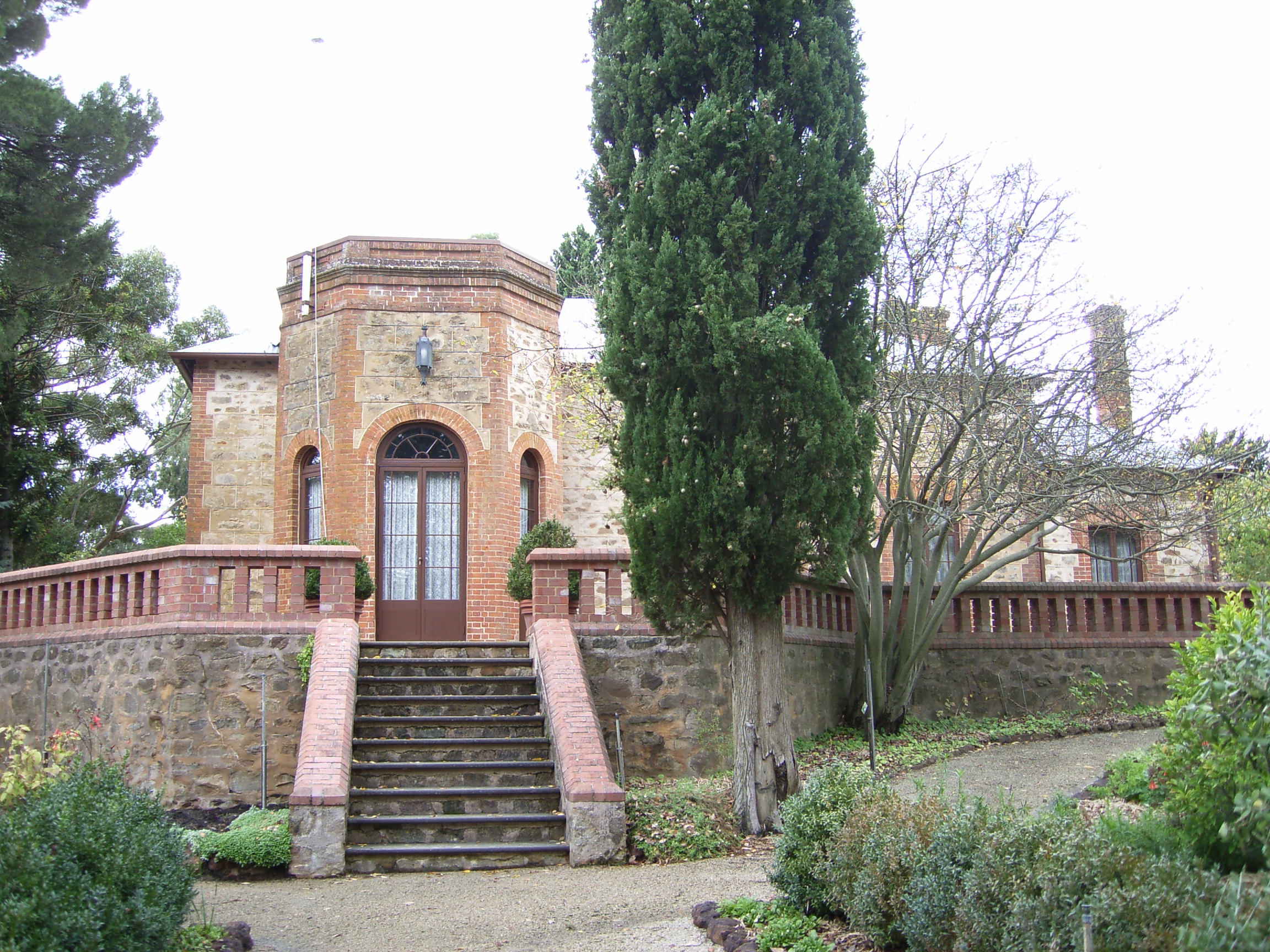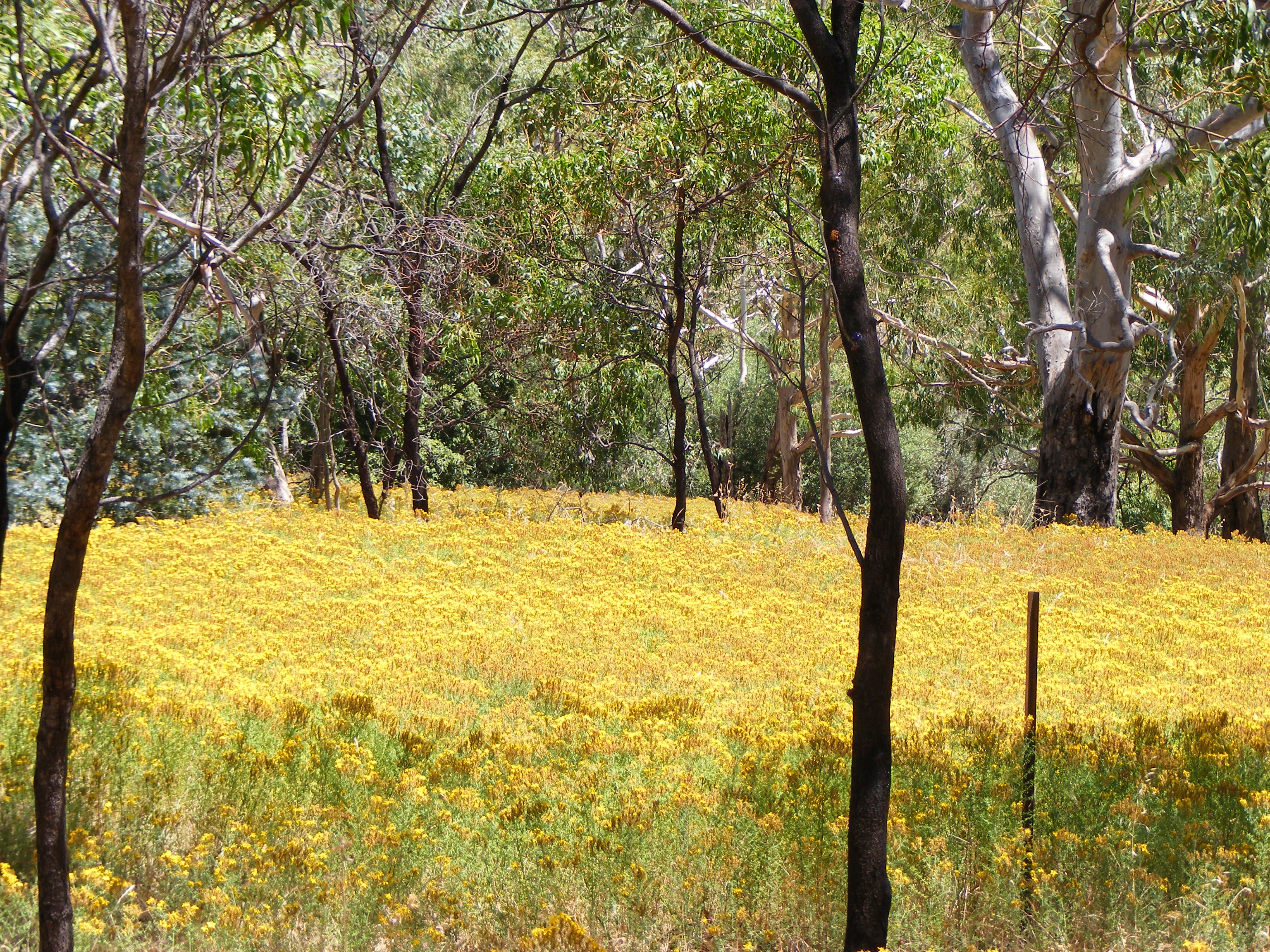|
Belair Railway Station
Belair railway station is located on the Adelaide to Melbourne line in the Adelaide southern foothills suburb of Belair, 21.5 kilometres from Adelaide station. It is the terminus for Adelaide Metro's Belair line service. Adelaide Metro 12 October 2014 History Belair station opened in 1883 with the opening of the Adelaide to Aldgate section of the Adelaide-Melbourne line. Belair is a ...[...More Info...] [...Related Items...] OR: [Wikipedia] [Google] [Baidu] |
Belair, South Australia
Belair is a suburb in the south eastern foothills of Adelaide, South Australia at the base of the Mount Lofty Ranges. Name Before European settlement, the Kaurna people called the area of modern-day Belair "piraldi". One early European name for the area was Sleep's Hill, named after Samuel Sleep, a shepherd who came to South Australia in the 1830s. The origin of the modern name "Belair" is uncertain. Gustav Ludewigs, who subdivided the area, may have named the suburb after Bel Air, Martinique, being his wife Maria's birthplace. Another theory is that it was named in 1849 after Eugene Bellairs, a Government surveyor who lived in the area. History The area was used by the Kaurna and Peramangk people for seasonal hunting and gathering. The trees provided gum resin for food and bark for shelter construction, and possums and bandicoots were hunted for food and for their skins to be used in cloaks. Government Farm The first known European settler in Belair was a squatter named Nic ... [...More Info...] [...Related Items...] OR: [Wikipedia] [Google] [Baidu] |
Aldgate Railway Station, Adelaide
Aldgate railway station was located on the Adelaide-Wolseley line in the Adelaide Hills suburb of Aldgate, 34.9 kilometres from Adelaide station. History Aldgate station opened on 14 March 1883, and on 23 December 1886, a second platform was added. From 1 May 1910, most services from Adelaide station were extended to terminate at Aldgate. On 1 July 1929, the westbound platform was converted to an island platform. In 1974, the goods siding was replaced by a second crossing loop. It was very similar to Blackwood; the station building and shelter were the same. It was closed to local trains on 23 September 1987, but until 1990 was available for passengers wishing to board the Mount Gambier-bound railcar service. At the time of closure, Aldgate had three platforms. Platform 1 was a 151-metre-long side platform, and platforms 2 and 3 were a 149-metre-long island platform. The island platform was demolished in the 1990s, but the side platform remains in place, although no longe ... [...More Info...] [...Related Items...] OR: [Wikipedia] [Google] [Baidu] |
Railway Stations In Adelaide
Rail transport (also known as train transport) is a means of transport that transfers passengers and goods on wheeled vehicles running on rails, which are incorporated in Track (rail transport), tracks. In contrast to road transport, where the vehicles run on a prepared flat surface, rail vehicles (rolling stock) are directionally guided by the tracks on which they run. Tracks usually consist of steel rails, installed on Railroad tie, sleepers (ties) set in track ballast, ballast, on which the rolling stock, usually fitted with metal wheels, moves. Other variations are also possible, such as "slab track", in which the rails are fastened to a concrete foundation resting on a prepared subsurface. Rolling stock in a rail transport system generally encounters lower friction, frictional resistance than rubber-tyred road vehicles, so passenger and freight cars (carriages and wagons) can be coupled into longer trains. The rail transport operations, operation is carried out by a ... [...More Info...] [...Related Items...] OR: [Wikipedia] [Google] [Baidu] |
Standard Gauge
A standard-gauge railway is a railway with a track gauge of . The standard gauge is also called Stephenson gauge (after George Stephenson), International gauge, UIC gauge, uniform gauge, normal gauge and European gauge in Europe, and SGR in East Africa. It is the most widely used track gauge around the world, with approximately 55% of the lines in the world using it. All high-speed rail lines use standard gauge except those in Russia, Finland, and Uzbekistan. The distance between the inside edges of the rails is defined to be 1435 mm except in the United States and on some heritage British lines, where it is defined in U.S. customary/Imperial units as exactly "four feet eight and one half inches" which is equivalent to 1435.1mm. History As railways developed and expanded, one of the key issues was the track gauge (the distance, or width, between the inner sides of the rails) to be used. Different railways used different gauges, and where rails of different gauge m ... [...More Info...] [...Related Items...] OR: [Wikipedia] [Google] [Baidu] |
Bridgewater Railway Station
Bridgewater railway station was located on the Bridgewater line, serving the Adelaide Hills suburb of Bridgewater. It was located 37.6 km from Adelaide station. History Bridgewater station opened in the 1880s and was the terminus of the now defunct Bridgewater line. The station consisted of three platforms. Platform 1 was a side platform that was 140 metres long, and platforms 2 and 3 were an island platform 170 metres long. On 1 March 1978, the station became the eastern boundary of the State Transport Authority network. The station building on the main platform was burned down by arsonists in 1983. The station closed on 23 September 1987, when the State Transport Authority withdrew services on the route between Belair and Bridgewater. The offices and island platform were demolished around 1990, while the brick relay console and main platform were demolished in November 2006. A small part of the platform fencing, light poles, and the dirt mound that formed platform 1 ar ... [...More Info...] [...Related Items...] OR: [Wikipedia] [Google] [Baidu] |
Bridgewater Railway Line
The Bridgewater railway line is a former passenger railway service on the Adelaide to Wolseley line in the Adelaide Hills. It was served by suburban services from Adelaide. On 26 July 1987, the service was curtailed to Belair and renamed Belair railway line. In 1995, the Adelaide-Wolseley line was converted to standard gauge as part of the One Nation infrastructure program, disconnecting the abandoned Bridgewater line stations from the broad gauge suburban railway system. History The line from Adelaide to Belair/ Bridgewater was opened in 1883, and headed east from Belair parallel to the northern side of Belair National Park. It then turned south through the national park and then turned east again, where the National Park station used to be. It continued east past Long Gully and Nalawort to Upper Sturt, 28.9 km from Adelaide station. Five hundred metres later the track turned north east and continued to Mount Lofty, 31 km from Adelaide. After that it turned sou ... [...More Info...] [...Related Items...] OR: [Wikipedia] [Google] [Baidu] |
Belair National Park
Belair National Park (formerly known as the National Park and as Belair Recreation Park) is a protected area in Belair, South Australia, southeast of Adelaide city centre; it covers an area of . It was proclaimed in 1891 and was the first national park in South Australia, second in Australia (after Sydney's Royal National Park which was proclaimed in 1879) and the tenth in the world. The national park lies within the Adelaide Hills and Mitcham council area, and forms part of a chain of protected areas located along the Adelaide Hills Face Zone. The national park is administered by the Department of Environment, Water and Natural Resources. Naming For most of its existence, it has been known as the 'National Park'. Between the years 1972 and 1991 it was known as the 'Belair Recreation Park'. In 1991, the Belair Recreation Park was abolished and the land that it occupied was constituted as a national park and given the name “Belair National Park”. History Belair was originall ... [...More Info...] [...Related Items...] OR: [Wikipedia] [Google] [Baidu] |
Adelaide Metro
Adelaide Metro is the public transport system of Adelaide, the capital city of South Australia. It is an intermodal system offering an integrated network of bus, tram, and train service throughout the metropolitan area. The network has an annual patronage of 79.9 million, of which 51 million journeys are by bus, 15.6 million by train, and 9.4 million by tram. The system has evolved heavily over the past fifteen years, and patronage increased dramatically during the 2014–15 period, a 5.5 percent increase on the 2013 figures due to electrification of frequented lines. Adelaide Metro began in 2000 with the privatisation of existing government-operated bus and train routes. The Glenelg tram line is the only one of Adelaide's tramways to survive the 1950s and the only one to be integrated into the current system. Services are now run by two private operators and united with common ticketing systems, marketing, liveries and signage under the supervision of South Australia's ... [...More Info...] [...Related Items...] OR: [Wikipedia] [Google] [Baidu] |
Belair Railway Line
The Belair railway line is a suburban rail commuter route in the city of Adelaide, South Australia, that runs from the Adelaide station to Belair in the Adelaide Hills via the Adelaide-Wolseley line using diesel 3000/3100 class railcars. Prior to 1995, this part of Adelaide-Wolseley was a two-track broad gauge line. In 1995, Adelaide-Wolseley was converted to standard gauge meaning Adelaide to Belair is now effectively two separate single-track lines running in parallel: the Belair commuter line (still broad gauge) and the Adelaide-Wolseley standard gauge freight line. History The Adelaide-Wolseley line from Adelaide to Belair and Bridgewater opened in 1883. In 1919, a new alignment was built around Sleeps Hill as part of the duplication of the line. This involved a new double track tunnel being built to replace two tunnels and two viaducts. The new alignment was also 400 metres shorter. On 18 June 1928, the line was duplicated from Eden Hills to Blackwood and on to Be ... [...More Info...] [...Related Items...] OR: [Wikipedia] [Google] [Baidu] |
Adelaide
Adelaide ( ) is the list of Australian capital cities, capital city of South Australia, the state's largest city and the list of cities in Australia by population, fifth-most populous city in Australia. "Adelaide" may refer to either Greater Adelaide (including the Adelaide Hills) or the Adelaide city centre. The demonym ''Adelaidean'' is used to denote the city and the residents of Adelaide. The Native title in Australia#Traditional owner, Traditional Owners of the Adelaide region are the Kaurna people. The area of the city centre and surrounding parklands is called ' in the Kaurna language. Adelaide is situated on the Adelaide Plains north of the Fleurieu Peninsula, between the Gulf St Vincent in the west and the Mount Lofty Ranges in the east. Its metropolitan area extends from the coast to the Adelaide Hills, foothills of the Mount Lofty Ranges, and stretches from Gawler in the north to Sellicks Beach in the south. Named in honour of Queen Adelaide, the city was founded ... [...More Info...] [...Related Items...] OR: [Wikipedia] [Google] [Baidu] |



.jpg)
